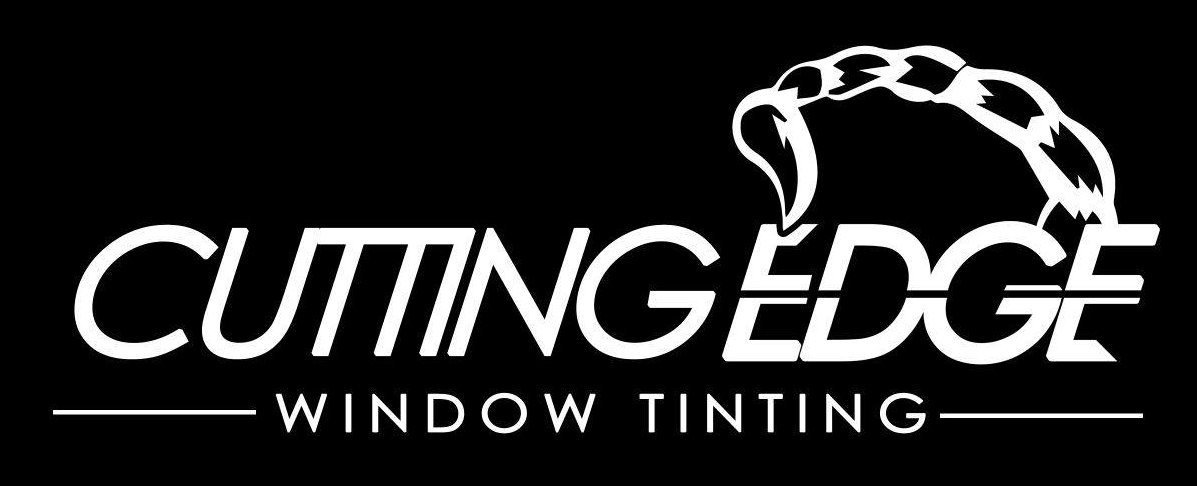When Was Window Tint Invented?
The year was when window tint first developed. What are the advantages and disadvantages of this window tint? Find out more here! This article offers a summary of the background behind window tinting, and examines the advantages and disadvantages of the metalized film. This article also explains the cost of this kind of product. To find out more about the history behind window tinting, read on! Also, don't forget to read about the cost-effective options available now!
https://www.cuttingedgewindowtinting.co/
Invention of window tinting
How did window tinting come into existence? In the 1940s, right following World War II ended, window tinting was created. The public began to realize the way that glare and heat could be amplified through glass. Window spray also was developed at the time. But it did leave an uneven color, which could be a problem. Window film, an ideal solution to the heat rejection problem was invented in the year 1966. This invention helped make windows more comfortable and appealing to the human eye.
The first window films used dyes and had poor heat rejection. They were dye-based, and they could absorb heat into the car's interior. After a while they began to discolor and began to bubble up. The second version of window film had metallic particles embedded in the dye, and was more efficient. They are able to reduce heat emissions by up to half of a vehicle's temperature. They were not without their drawbacks, however, they were not permanent solutions to the issue.
The initial window films faced issues, for example, an inclination to cause interference with electronic devices. The window films were constructed from metal composites that made them difficult to manufacture. The company eventually began developing ceramic window film, that not only resisted heat and UV rays better however, it also was able to remain transparent. Window film remains well-liked despite the imperfections. While the first film was inferior to the latest versions, it is now popular in a wide range of settings.
Metalized window tinting has its drawbacks
There are many advantages to metalized window film. It can help reduce heat inside the vehicle, as well as block harmful UV Rays. Metalized tints add strength to the window which means they are less likely to shatter. However, they're not without their disadvantages. Although the reflective properties might not be your style but they're still useful, and they'll prevent your vehicle from absorbing heat.
Metalized window film contains small metal particles that are indistinct to the naked eye. The particles give strength to the film, making it appear shiny on the outside. While window tints made of metal are impervious to scratching, it can also interfere with the signals of cell phones and GPS. This makes it less effective than other types of window tints. However, window film with a metal coating is more costly than dyed window tint and it will last for years if maintained.
Metallic window film offers less privacy than non-metalized and colored window films. However, it's stronger and resists scratches better than the ones with metalized coatings. However, it's still not as effective as carbon or ceramic window films. It can't be used on windows with a lot of curves. Metallic film shouldn't be applied to windows already coated with metallic tints. It could ruin the appearance of your car.
Cost of tinting windows
Prices for window tinting vary according to the type of product is chosen. While certain brands and tints are more affordable than others, the price of the task may differ. For the lowest window tinting price it is important to plan ahead and search around to find the most affordable price. Keep in mind that the cost for window tinting covers both the cost of labor and the materials. Find out more about the variables that impact the cost of tinting windows.
Ceramic window film that blocks 50% of UV rays, and also preserves the visibility, is the most expensive. It costs approximately $5 to $10 for a square foot. It block glare and heat from the outside. Ceramic films are usually 3 to 4 millimeters thick. Films that are forced entry however, are seven to eight millimeters thick. This film is a little thicker than the other types and, consequently, more expensive.
The cost of tinting windows is contingent on the high-quality of the window film. Window films that are of high-quality cost more. In addition to block harmful UV radiation, they can reduce the amount of heat entering into the interior of the vehicle. There are a variety of shades of tint available to match existing colors. The cost for window tinting for a vehicle starts at around $125, and is only required for a single application. But, you should be aware that you might not be able to guarantee the color stability of the film.
|
Phone +18474292479
|
|
| Address |
408 Brook St, Elgin, IL 60120
|

